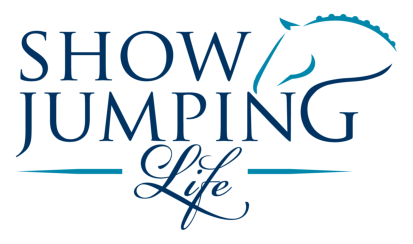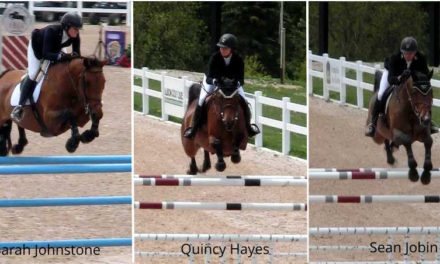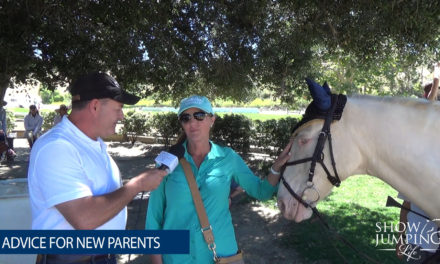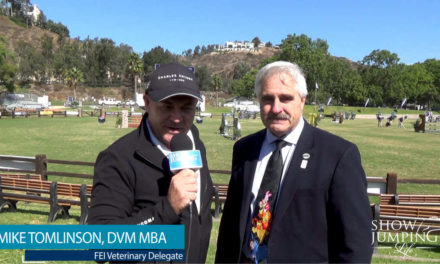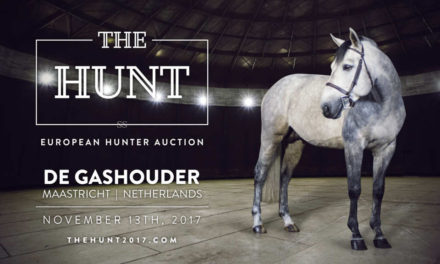Equestrian Training Scale: Straightness – Video
US Dressage Federation (USDF) gold, silver and bronze medalist, Lena Nordlof-Davis, explains and demonstrates Straightness as it relates to the Equestrian Training Scale (aka Training Pyramid).
The principles outlined in the training scale form the foundation to help you reach your full potential in show jumping. From the German Training Scale it is called Geraderichten (Straightness).
What Is Straightness and Why Is It Important?
Straightness refers to the alignment between the front and the back of the horse.
Therefore, moving down a straight line, you want the front end of your horse to lead the back end in perfect alignment.
However, what often happens (especially in the cantor) is that the horse’s hind end is out of alignment, either to the left or the right.
Just like we’re born right-handed or left-handed, horses are born with a tendency to be crooked, either to the right or left.
In this video example, the mare is naturally crooked to the right. So, when cantering to the right, her hind end is always in and to the right unless the rider does something about it. This even happens, a little bit, when cantering to the left.
As such, to ride more effectively and generate more power from behind, the rider uses her aids to align the front and back end of the horse. Otherwise, with the hind end out to the side, the horse simply isn’t generating power as efficiently.
